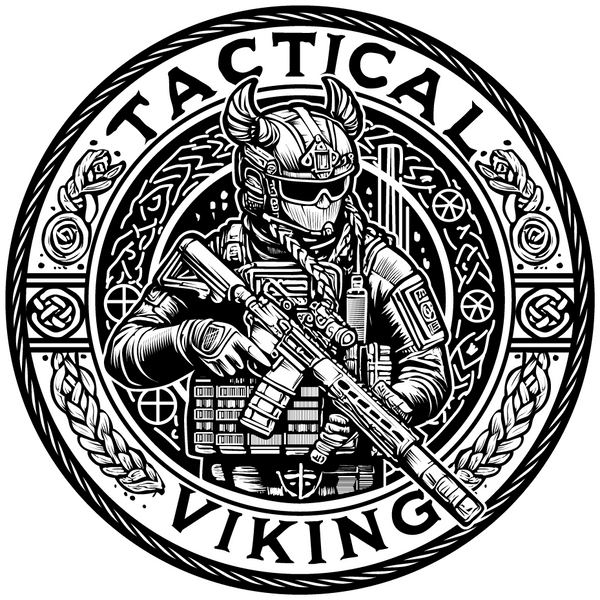
Battle of Torino
Share
Battle of Torino 1944: Brotherhood, and Bravery
A City Under Siege
The Battle of Torino 1944 was not a massive clash between national armies... it was something far more personal. It was a stand made by the Italian people themselves, fueled by loyalty, grief, and an unbreakable will to live free. After Mussolini's fall in 1943 and the German occupation of Northern Italy, the city of Turin (Torino) became a powder keg. Factories were repurposed for war production, political dissenters were arrested or executed, and curfews turned the city into a prison.
But even in darkness, resistance sparked.
By late 1944, as the Allies pushed up through the Italian Peninsula and Axis morale frayed, Torino became a focal point of partisan activity. The Battle of Torino 1944 began not with artillery, but with whispers, sabotage, and a single goal... liberation.
The Spark of Rebellion
On the morning of October 1st, partisan fighters; mostly civilians, students, and former soldiers launched a coordinated assault on German and Fascist positions throughout the city. They knew the risks. Most were poorly armed, lacking uniforms, fighting in the streets and alleys they grew up in. But they had resolve and knowledge of every stone and shadow.
Torino’s resistance groups, such as the Gruppi di Azione Patriottica (GAP) and Brigate Garibaldi, had spent months preparing for this moment. As Allied forces advanced elsewhere in Italy, the partisans saw an opportunity to weaken Axis control from within.
They attacked communication lines, ambushed patrols, and cut power to military outposts. In key industrial zones, they seized weapons, repurposed factory tools, and converted transportation routes into traps.
Urban Warfare at Its Most Gritty
Unlike wide-open battlefield campaigns, the Battle of Torino 1944 unfolded inside the tight lungs of a living city. Every street corner became a kill zone, every window a sniper’s perch. Buildings changed hands multiple times in a single day. German troops, bolstered by Italian Fascist collaborators, responded with brutal force... executing suspected partisans, torching homes, and imposing martial law.
But for every partisan that fell, more rose up.
Factory workers walked off assembly lines and into firefights. Teenage girls became couriers, smuggling messages and ammunition under the noses of patrols. Priests opened church basements for shelter and makeshift hospitals. Civilians dug trenches through cobblestone streets, creating escape tunnels and movement corridors.
Torino was not merely a battleground... it was a declaration of defiance.
A Fight Beyond Weapons
The Battle of Torino 1944 was a physical battle, yes... but it was also ideological. It was the city itself declaring it would no longer be silent. The bravery shown during these days reflects something every patriot understands: courage isn't always loud. Sometimes it comes in the form of a mother hiding wounded fighters in her cellar, or a teenage boy standing his ground with nothing but a Molotov and a prayer.
Though outgunned, the resistance fighters held their ground far longer than German commanders anticipated. Their tactics delayed Axis reinforcements elsewhere, disrupted supply chains, and drew critical attention from the Nazi command.
While Torino would not be fully liberated until April 1945, the uprising on October 1st was a turning point, it showed the Axis that the spirit of the Italian people could not be crushed.
The Aftermath and Legacy
The cost of the Battle of Torino 1944 was immense. Hundreds were killed or wounded. Many more were imprisoned, tortured, or simply “disappeared.” But their sacrifice wasn't in vain.
The battle inspired similar uprisings across Northern Italy and became a rallying cry for the final months of resistance. When Allied forces finally arrived in Turin in 1945, they found a city bloodied but unbroken, a city whose people had already declared victory in spirit.
Today, memorials across Torino pay tribute to the partisans and civilians who fought. Streets are named after fallen resistance fighters. Every October 1st, wreaths are laid, names read aloud, and stories passed from generation to generation.
For patriots across the world, the Battle of Torino 1944 is a reminder that the fight for freedom doesn’t always wear a uniform. It can be found in the hearts of bakers, students, priests, and carpenters. It's the battle waged by ordinary people in extraordinary circumstances.
Relevance to Warriors of Today
To every veteran, soldier, and patriot... the story of Torino offers more than historical interest. It is a testament to what you already know: that courage isn’t born in barracks, but in moments of impossible choice. That brotherhood isn’t defined by rank or regulation, but by action in the face of fear.
Much like the resistance fighters of Torino, today’s warriors must often rely not just on strength, but adaptability, awareness, and the quiet fire within.
The streets of Torino may have changed since 1944, but their echoes remain.
So today, we remember them.
Not just as part of history, but as kindred spirits. As warriors. As Tactical Vikings.
